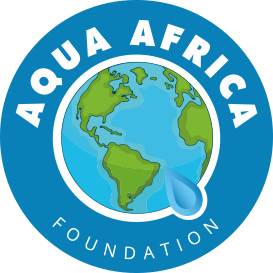
Predominantly Latino communities in California are facing huge obstacles in getting clean drinking water.
This is an issue that affects 5.25 million people across California according to the Environmental Working Group where there are fewer customers to charge for more advanced filtration systems.
Symptoms from water contamination are wide-ranging and it is difficult to prove that a particular chemical or substance might cause a specific illness. The main concern is nitrate levels that exceed the standard set by the EPA. Since 2015, water systems have exceeded the federal legal limit for nitrates 15 times over.



